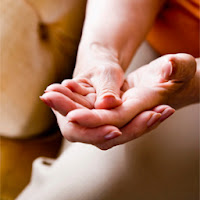.jpg)
Marla Ahlgrimm: Hormone replacement therapy is essentially replacing hormones naturally produced in the body with prescription hormone medications. When the body fails to produce enough of a certain hormone—which may include progesterone, testosterone or estradiol—a woman may begin to feel symptoms of hormone deficiency.
Q: What’s the difference between synthetic and natural hormones?
Marla Ahlgrimm: Synthetic hormones are similar to those hormones produced naturally in a woman’s body. An example of synthetic hormones are those found in oral contraceptives. Natural hormones are identical to those produced in a woman’s body -progesterone, testosterone, and estradiol. Natural hormone replacement therapy is typically considered advantageous over synthetic hormone replacement therapy by many women and their doctors.
Q: Is hormone replacement therapy suitable for all women?
Marla Ahlgrimm: Hormone replacement therapy is determined on a case-by-case basis. No two women are alike and each woman must be prescribed exactly what’s needed to meet her unique needs. It is not a one-size-fits-all treatment for any condition.

